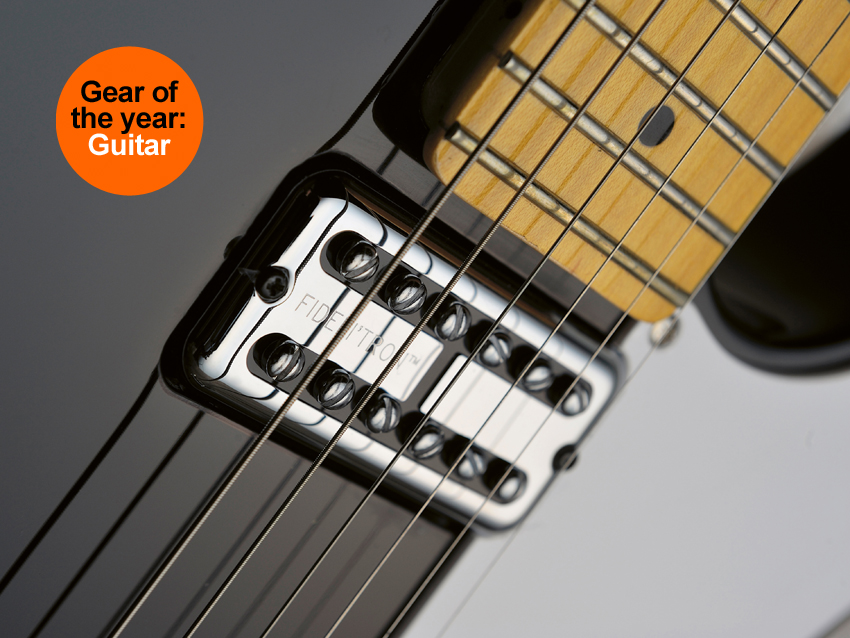
This year's best
In many ways, 2013 was the year that those folks that build the planks of wood we spend our lives obsessing over got back to basics.
Take the Cabronita. Fender struck gold with a design that looked like it was sketched on the back of a cigarette packet in 1959, producing a new-old style of guitar that we all wanted and yet was barely a hop, skip and a jump away from existing designs.
So what have we learned? Well, guitarists still like beautifully put together products with a human touch - Gibson Memphis goes from strength to strength for that exact reason. We're all happy to pay big money for an instrument that has that vital mix of sophistication and the ability to rock the world off its axis.
Solid woods put to good use, valve amps that can survive in modern gigging environments and the subtle integration of technical advances into traditional shapes and concepts: that's what we want.
And 2013 has provided. Check out our pick of the best guitar gear of the year, and let us know what we've missed and what your picks of this year's products were on Facebook and Twitter.
We'll see you in 2014 for a whole lot more guitar goodness...
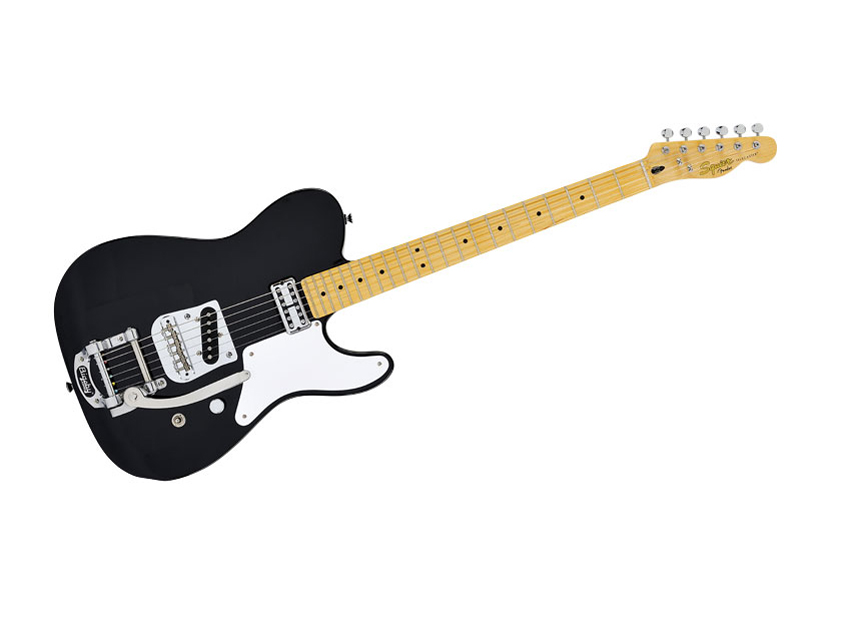
Solidbody of the year
2013 was the year of the Cabronita. Fender's street-smart, uber-stylish design has been everywhere this year, and has managed to make its way on to almost every guitarist's wish list.
So why are we shouting about a Sqiuer version of the Cabronita? Well, this is a guitar that encompasses everything that the Cabronita does well - the look and that unshakable vibe - plus some extras (that Bigsby), at a price point that almost anybody could afford.
Superficially, the Squier and Fender-badged Cabs look very similar indeed. Unlike the Custom Shop models, there's no relic'ing, no TV Jones pickups and no S-1 switching. Instead, you get one of Fender's own Fideli'Tron pickups - no prizes for guessing from where their inspiration is drawn - and, erm, an extra fret.
4.5 out of 5
Read: Squier Vintage Modified Cabronita Telecaster
Also in the running:
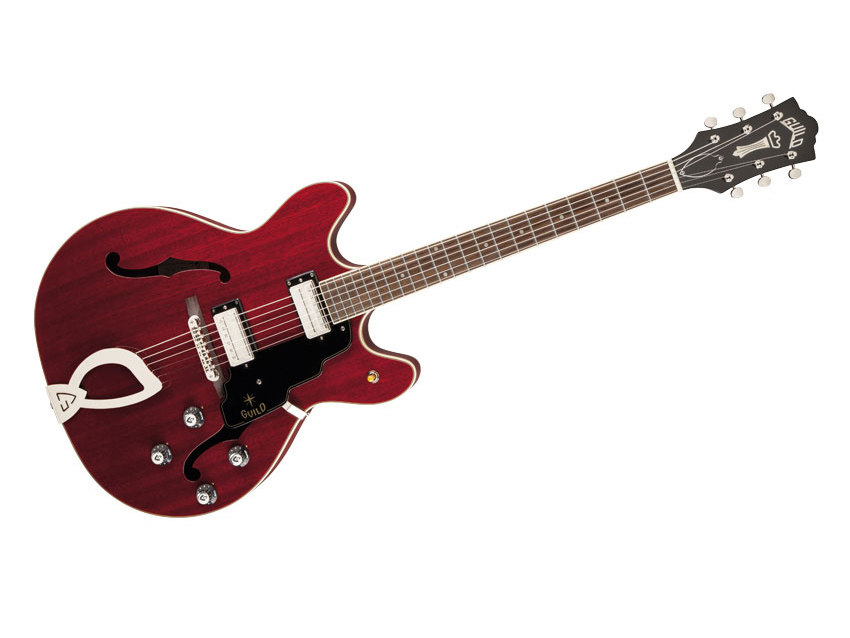
Semi-acoustic of the year
Now, we're aware that the Starfire IV has a serious flaw: a bridge that needs pinning. But we forgive it. Why?
Well, it's still a serious ES-335 alternative that's just one mod away from greatness, especially when you consider the fact that current street prices mean that you can get two Guilds for the price of one Gibson.
Sure, it's made in Korea, and the siren song of an American-built guitar will forever drag many of us into troubled financial waters, but the reality is that it would be impossible for Guild to bring a guitar of this quality in at this price point were it crafted in the USA.
Instead, the company has breathed new life into an old design that still has much to say in a contemporary context and is better value than ever. Welcome back!
4.5 out of 5
Read: Guild Starfire IV
Also in the running:
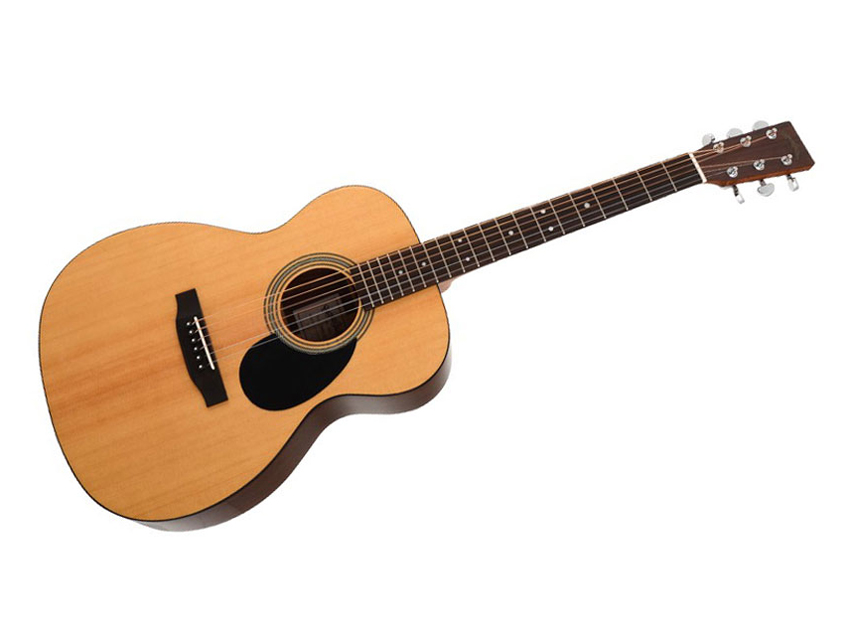
Acoustic of the year
How do Sigma do it? We're not really sure, but they keep on turning out fantastic guitars at prices that just shouldn't be possible.
The OMR-21 feels like a child's travel guitar feel to this writer at first. Still, the nonetheless fully formed 14-fret OMR-21 exudes class and heritage.
It has a solid Sitka spruce top, a satin neck, back and headstock crafted from laminated Indian rosewood and the mahogany neck appears of a high visual grade. It's beautifully understated: the dark tortoiseshell-style binding has no inner purflings, and its small tortie pickguard gives it real sophistication.
4.5 out of 5
Read: Sigma OMR-21
Also in the running:
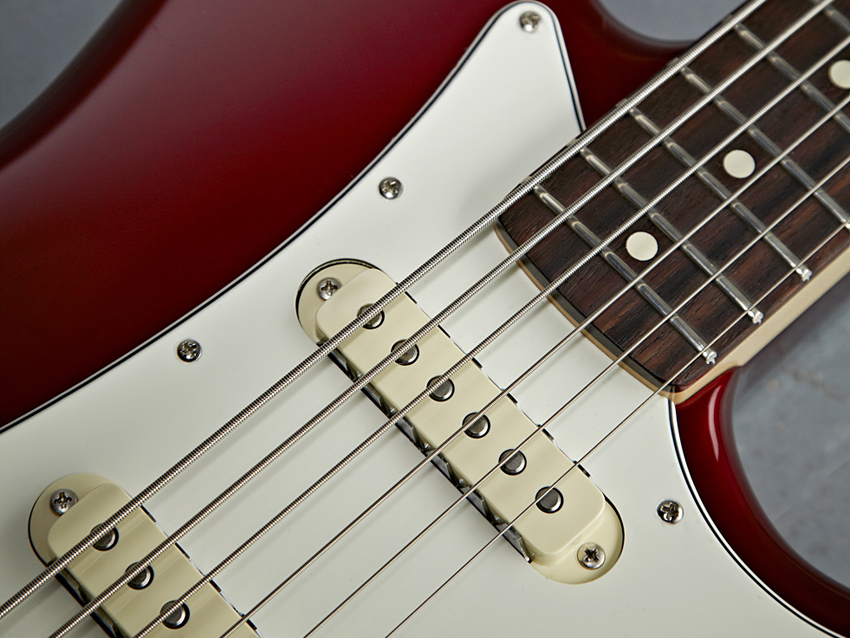
Bass of the year
Originally designed as the ultimate baritone guitar to combat the monopoly of the market by Danelectro's U2, the Fender Bass VI was soon adopted by bass players (particularly in Britain), because it was tuned fully in the bass octave with a very tight, short scale.
The original 1961 design underwent a few mods for the revised model in 1963, but nothing quite so drastic as we now see on this eye-catching and much-simplified Pawn Shop version. It's awesome. We love it.
4.5 out of 5
Read: Fender Pawn Shop Bass VI
Also in the running:
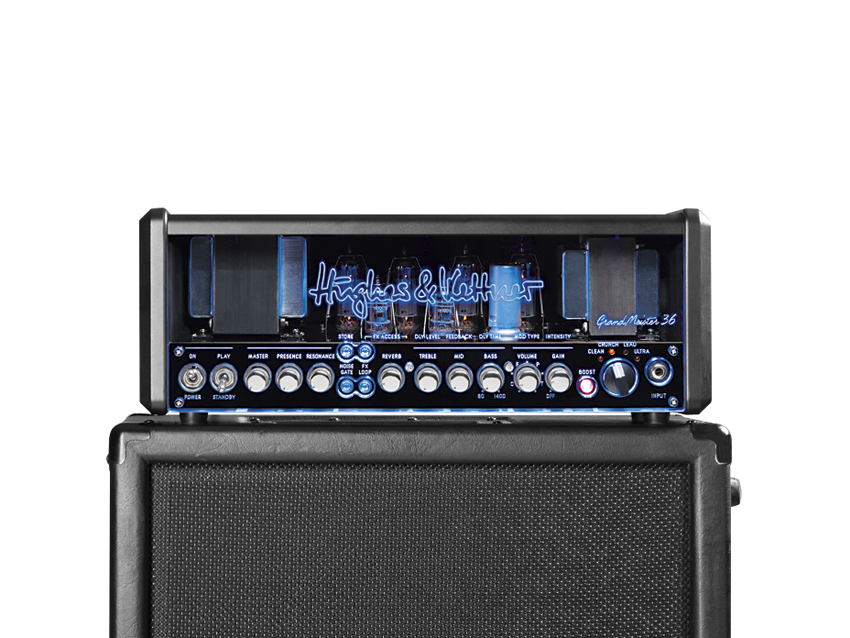
Head of the year
Probably the best amp you'll see this year, if not this decade, we reckon the new GrandMeister 36 is totally unbeatable at the price and heading for amp superstardom.
Four channels. Boost. Onboard digital effects. Red Box DI. Noise gate. Five output levels down to zero for silent recording. If that's not enough to get you salivating, how about total MIDI control, not just of every switched functions, but all the pots too?
That's what Hughes & Kettner has shoehorned into the same slim steel chassis, with its trademark side-lit Perspex control panel.
5 out of 5
Read: Hughes & Kettner GrandMeister 36
Also in the running:
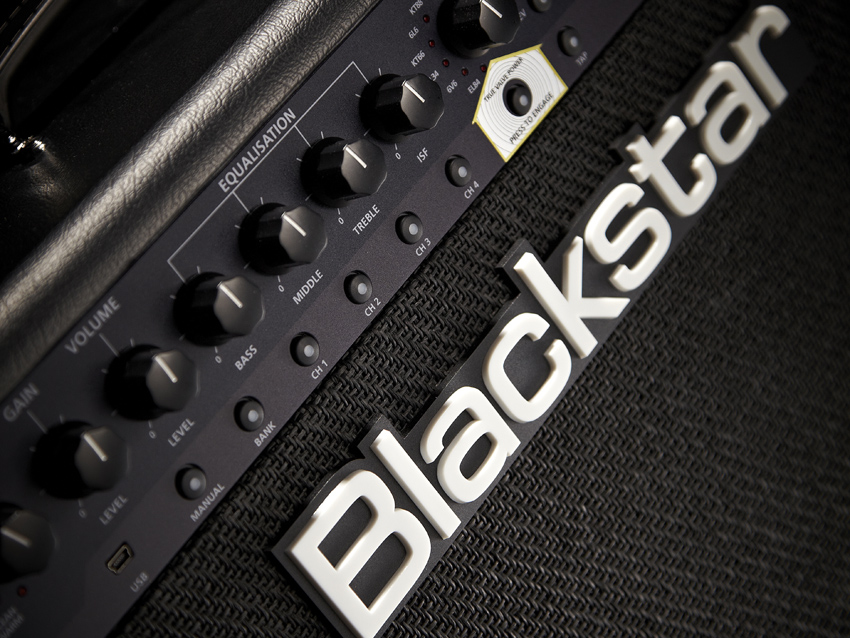
Best combo of the year
From a distance, this 2x12 ID:260TVP combo looks traditional enough, but closer inspection reveals plenty of action on the front panel. Basically, this amp has it all...
At the preamp end, you dial in a basic tonality with the voice control, with six Blackstar flavours available, ranging from virgin snowfall clean to disgraced television presenter dirty, and many points between.
5 out of 5
Read: Blackstar ID: 260TVP
Also in the running:
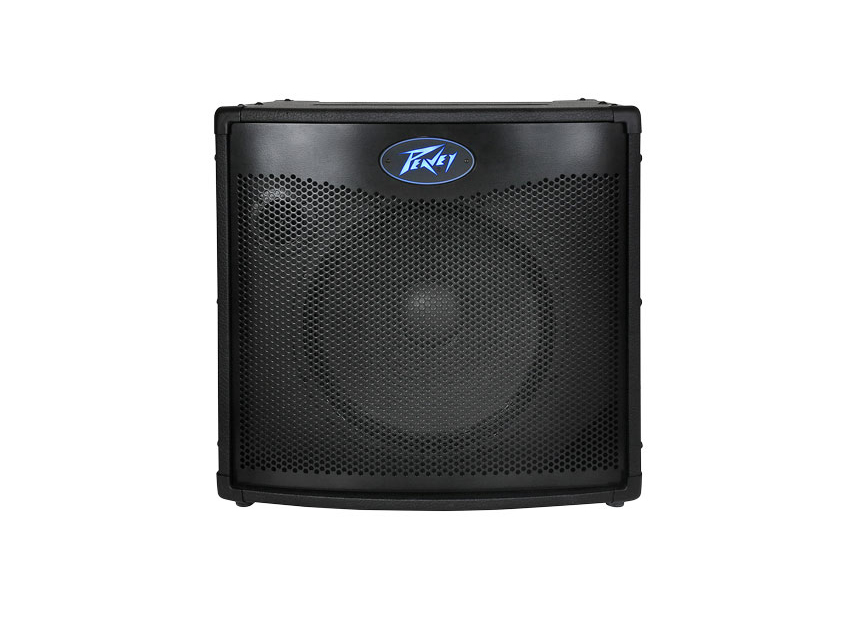
Best bass amp of the year
The TNT 115 Tour Series is built for battle.
From the curved metal grille, inset side handles, metal corner protectors and black covering, this is sturdily built and ready for action. Its pedigree is unmistakably Peavey, and that includes those all-important reliability and road-worthiness factors that the company is known and respected for.
4.5 out of 5
Read: Peavey TNT 115 Tour Series
Also in the running:
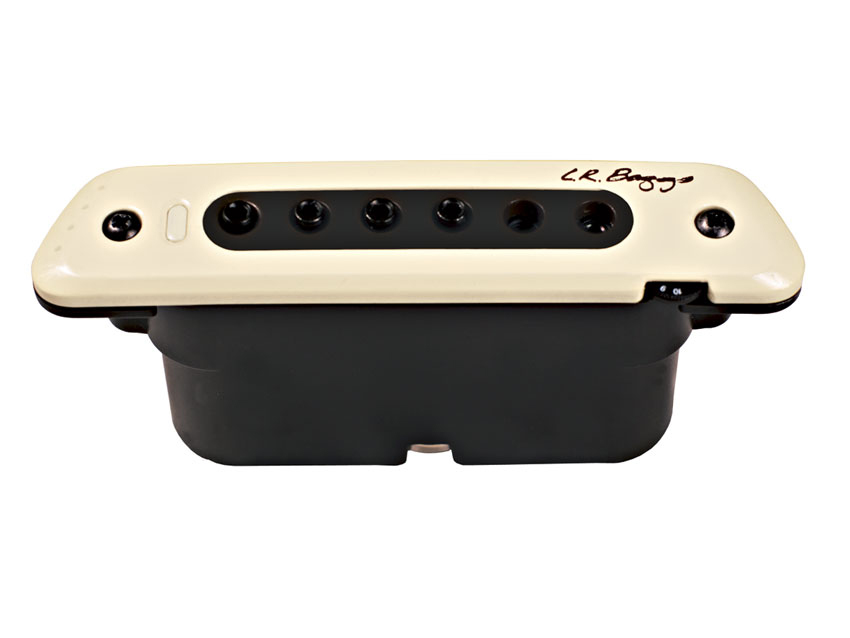
Accessory of the year
Yes, it's a soundhole pickup, but its wide sensitivity produces a sound with bags of modern clarity and zing.
The M80 certainly has more of a magnetic character than a mic system, but with a little outboard EQ you really can narrow the gap. Still, the round, full sound it produces might be right up your street in terms of how you want to hear your acoustic when amplified or recorded.
4.5 out of 5
Read: L R Baggs M80 review
Also in the running:
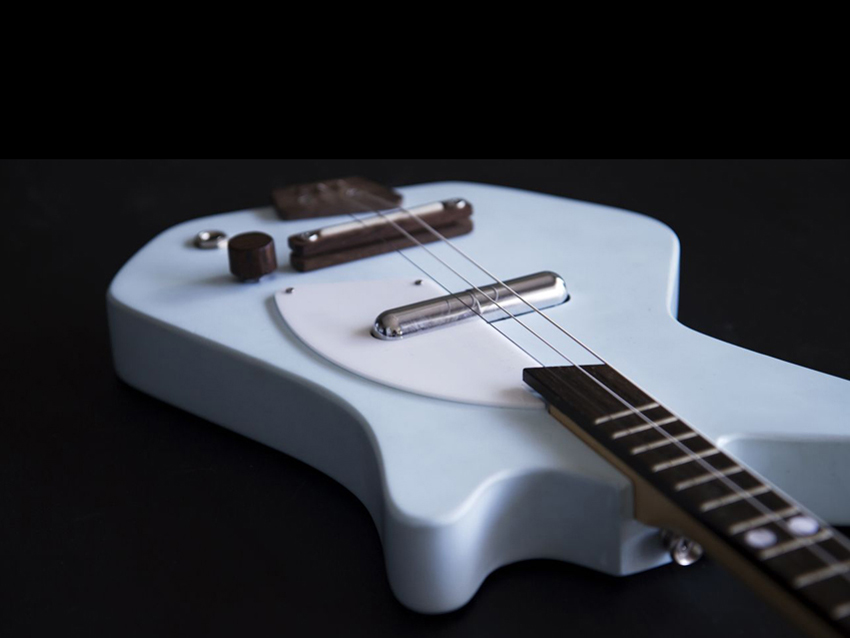
Kickstarter of the year
Tiny three-string guitars have never looked as tasty as the Electric Loog.
Conceived by Rafael Atijas, the Electric Loog is the plugged in big brother of the Acoustic Loog, and it was, to our eyes anyway, the runaway Kickstarter success story of the year.
Why does that matter? Well, 2013 was the year that guitarists discovered crowd funding platform Kickstarter, with all manner of weird, wonderful and downright wacky accessories, guitar-oriented ideas popping up on the site.
But none of them looked or sounded quite as good as the Electric Loog, and few were as successful - the Loog ended up raising clear of $70,000, and we can't wait to get our hands on one.